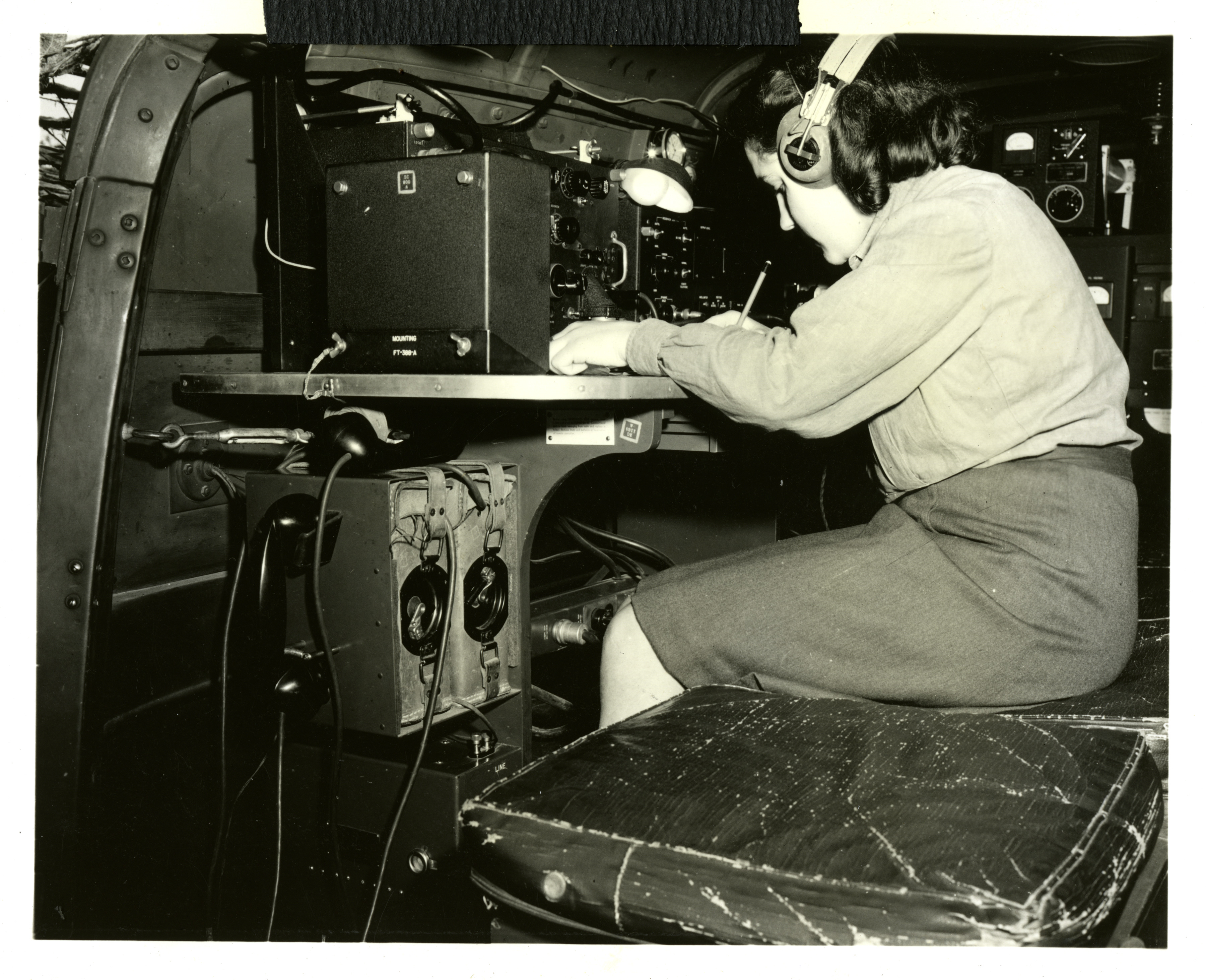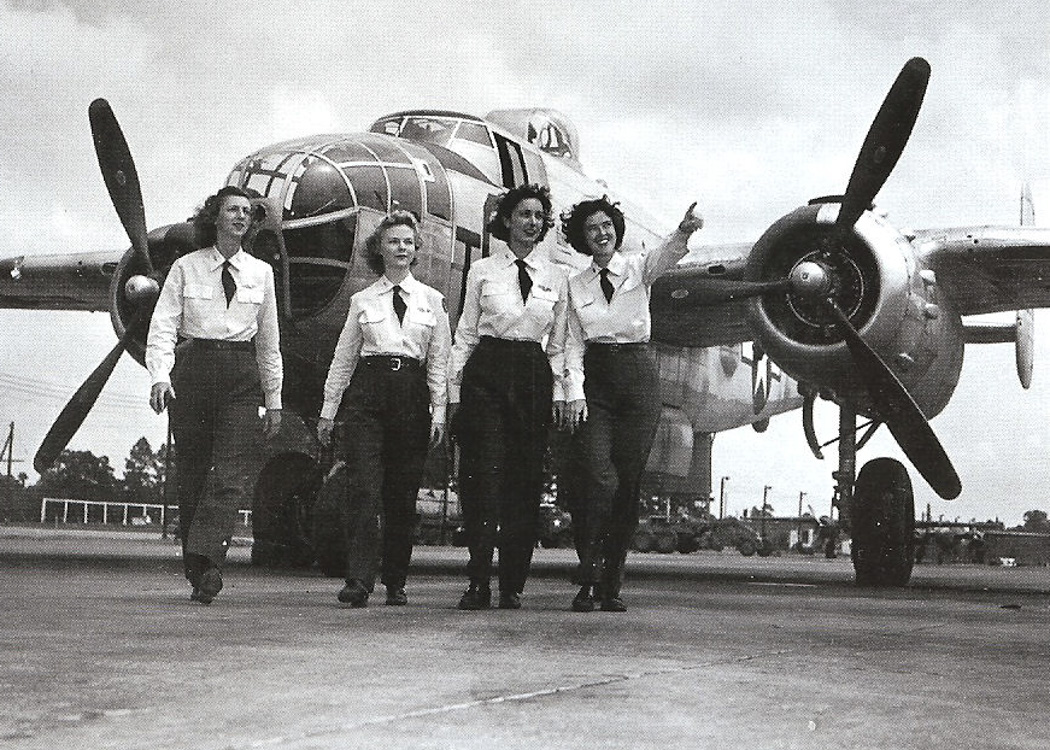
Mothers with children under fourteen were encouraged not to seek employment outside their homes unless other family members or trusted neighbors could offer reliable childcare. Employment Service offices coordinated efforts to place women in jobs best suited to their skills and family needs. government, including the WMC’s bold declaration and appeal late in 1942: “Women Workers Will Win the War.” Local U.S. Madison Avenue advertising agencies designed and produced a variety of propaganda campaigns for the U.S.

1 Since the employment of married women had been a long-standing practice in working-class families and in the middle-class African American community, the WMC propaganda implicitly targeted white middle-class women who had not typically worked for wages. A major challenge would be “to remove social stigma attached to the idea of women working,” the WMC literature noted. The main targets were local married women who already lived in the designated metropolitan areas, including middle-aged and older individuals who had never worked outside their homes or whose experience was limited to domestic work. cities as “Critical War Areas,” with intent to marshal the “widely dispersed” womanpower reserves in these cities. Late in 1942, the WMC announced a new campaign to recruit women workers after estimating that “the great majority” of some five million new employees in 1943 would have to be women. In August 1942, the WMC organized a Women’s Advisory Committee to consider how female employees could be used most effectively toward this end. War Manpower Commission (WMC) to mobilize Americans in various venues for a total war effort. Women were encouraged to apply for “war work” after President Franklin Roosevelt created the U.S. Wage work in war industries offered hourly pay rates much higher than those to which most women had been accustomed, with the best wages paid in munitions plants and the aircraft industry. By stretching and reshaping gender norms and roles, World War II and the women who lived it laid solid foundations for the various civil rights movements that would sweep the United States and grip the American imagination in the second half of the 20th century.Įconomic opportunities abounded for women willing and able to seize them. However temporary and unprecedented the wartime crisis, American women would find that their individual and collective experiences from 1941 to 1945 prevented them from stepping back into a prewar social and economic structure. Race, class, sexuality, age, religion, education, and region of birth, among other factors, combined to limit opportunities for some women while expanding them for others. Yet dominant gender norms provided ways to maintain social order amidst fast-paced change, and when some women challenged these norms, they faced harsh criticism. Social mores were tested by the demands of war, allowing women to benefit from the shifts and make alterations of their own. The foremost message to women-that their activities and sacrifices would be needed only “for the duration” of the war-was both a promise and an order, suggesting that the war and the opportunities it created would end simultaneously.



government, together with the nation’s private sector, instructed women on many fronts and carefully scrutinized their responses to the wartime emergency. Between 19, an untold number moved away from their hometowns to take advantage of wartime opportunities, but many more remained in place, organizing home front initiatives to conserve resources, to build morale, to raise funds, and to fill jobs left by men who entered military service. More than seven million women who had not been wage earners before the war joined eleven million women already in the American work force. Over three hundred fifty thousand women volunteered for military service, while twenty times as many stepped into civilian jobs, including positions previously closed to them. The Second World War changed the United States for women, and women in turn transformed their nation.


 0 kommentar(er)
0 kommentar(er)
